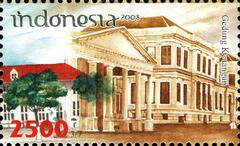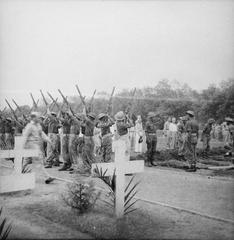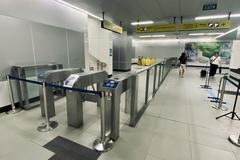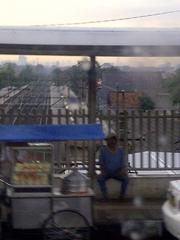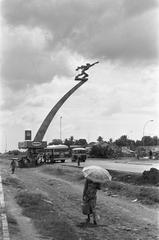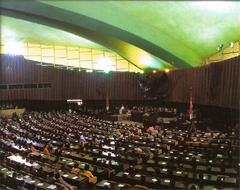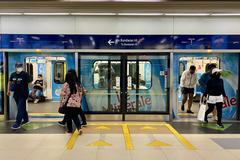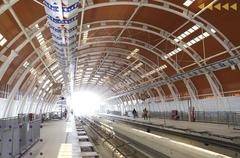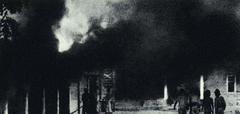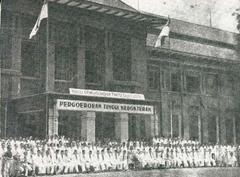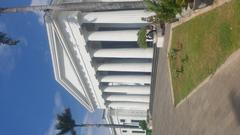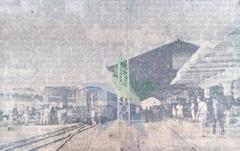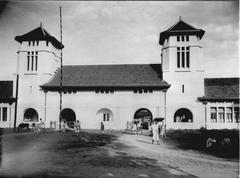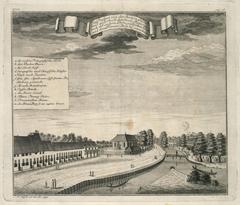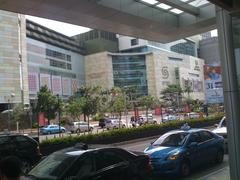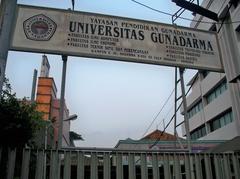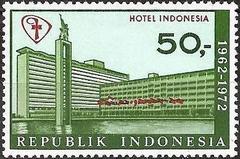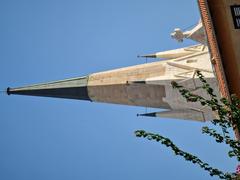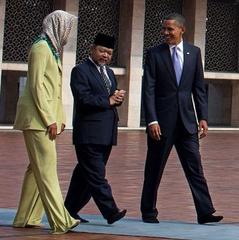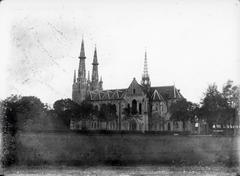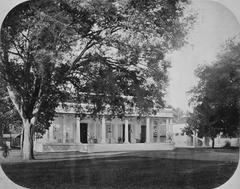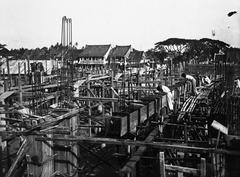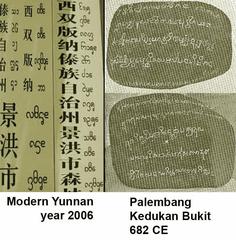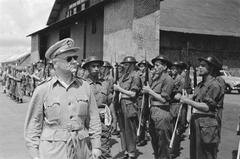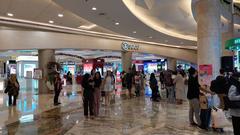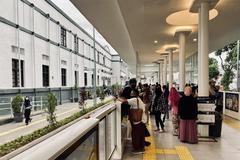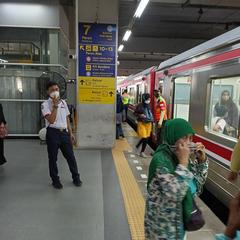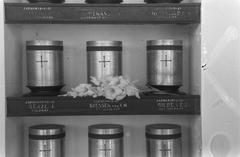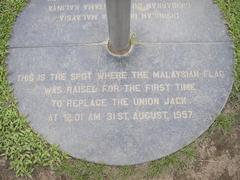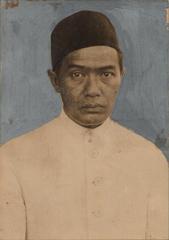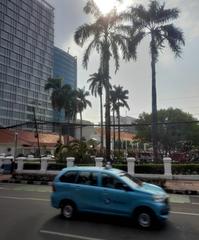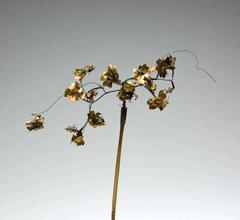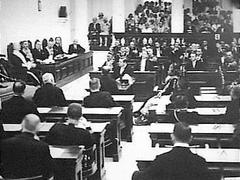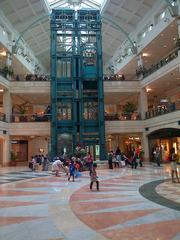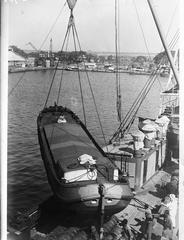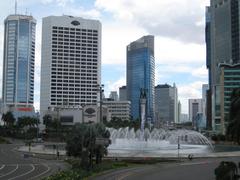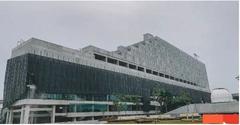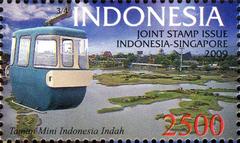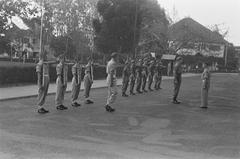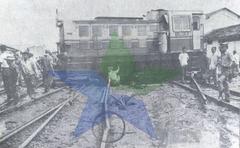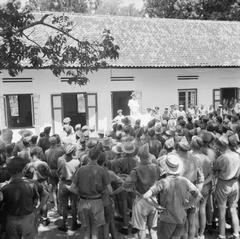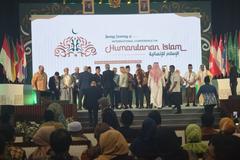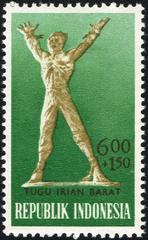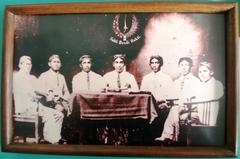Jalan Kebon Jahe Kober Gang I Visiting Hours and Tips
Date: 19/07/2024
Introduction
Jalan Kebon Jahe Kober Gang I, nestled in the heart of Jakarta, Indonesia’s capital, offers a unique blend of historical, cultural, and architectural significance. The alleyway, part of the larger Tanah Abang district, has roots that trace back to Jakarta’s colonial era when it was known as Batavia, the capital of the Dutch East Indies. The Dutch established Batavia in the early 17th century, and the area around Jalan Kebon Jahe Kober Gang I was developed as part of their broader urban planning efforts (source). Through the centuries, the area transformed dramatically, reflecting the dynamic changes in Jakarta’s urban landscape post-Independence (source).
Today, Jalan Kebon Jahe Kober Gang I stands as a testament to Jakarta’s rich cultural tapestry, showcasing a blend of traditional Indonesian and colonial influences. Visitors can immerse themselves in the vibrant local culture, explore traditional markets, admire colonial-era architectural marvels, and experience the daily life of Jakarta’s diverse community. This guide delves into the historical, cultural, and modern-day relevance of Jalan Kebon Jahe Kober Gang I, providing practical visitor information, travel tips, and insights into nearby attractions and preservation efforts (source).
Table of Contents
- [Early Development and Colonial Era](#early-development-and-colonial-eraearly-development-and-colonial-era)
- [Post-Independence Transformation](#post-independence-transformationpost-independence-transformation)
- [Cultural Significance](#cultural-significancecultural-significance)
- [Architectural Heritage](#architectural-heritagearchitectural-heritage)
- [Modern-Day Relevance](#modern-day-relevancemodern-day-relevance)
- [Practical Visitor Information](#practical-visitor-informationpractical-visitor-information)
- [Nearby Attractions](#nearby-attractionsnearby-attractions)
- [Accessibility](#accessibilityaccessibility)
- [Preservation Efforts](#preservation-effortspreservation-efforts)
- [FAQ](#faqfaq)
- [Conclusion](#conclusionconclusion)
- [Call to Action](#call-to-actioncall-to-action)
- [References](#referencesreferences)
Early Development and Colonial Era
Jalan Kebon Jahe Kober Gang I is situated in the heart of Jakarta, Indonesia’s bustling capital. The history of this area dates back to the colonial era when Jakarta was known as Batavia, the capital of the Dutch East Indies. The Dutch established Batavia in the early 17th century, and the city quickly became a vital hub for trade and administration in Southeast Asia. The area around Jalan Kebon Jahe Kober Gang I was initially developed as part of the broader urban planning efforts by the Dutch colonial government.
During the colonial period, the area was characterized by its strategic location near the administrative and commercial centers of Batavia. The Dutch constructed numerous buildings, including administrative offices, warehouses, and residential quarters for European settlers. The architectural style of the period was heavily influenced by Dutch design, featuring large, airy buildings with high ceilings and wide verandas to accommodate the tropical climate.
Post-Independence Transformation
Following Indonesia’s declaration of independence in 1945, Jakarta underwent significant changes as the new nation sought to establish its identity and modernize its infrastructure. Jalan Kebon Jahe Kober Gang I, like many other parts of Jakarta, experienced a transformation as the city expanded and developed.
In the post-independence era, the area saw a mix of old colonial buildings and new constructions. The Indonesian government undertook various urban development projects to improve the city’s infrastructure, including the construction of roads, public transportation systems, and residential areas. Jalan Kebon Jahe Kober Gang I became a part of this broader urban development, reflecting the dynamic changes occurring in Jakarta.
Cultural Significance
Jalan Kebon Jahe Kober Gang I holds cultural significance due to its historical roots and its role in the daily lives of Jakarta’s residents. The area is known for its vibrant local culture, with traditional markets, street food vendors, and small businesses contributing to the lively atmosphere. The street is a microcosm of Jakarta’s diverse cultural heritage, showcasing a blend of traditional Indonesian and colonial influences.
One notable cultural aspect of the area is its traditional markets, where locals and visitors can find a variety of goods, from fresh produce to handmade crafts. These markets are not only places of commerce but also social hubs where people gather, interact, and maintain community ties. The presence of these markets highlights the importance of Jalan Kebon Jahe Kober Gang I as a center of local culture and daily life.
Architectural Heritage
The architectural heritage of Jalan Kebon Jahe Kober Gang I is a testament to its historical significance. The area features a mix of colonial-era buildings and more modern structures, reflecting the various phases of Jakarta’s development. Some of the colonial buildings have been preserved and repurposed, serving as reminders of the city’s past.
One example of the architectural heritage in the area is the presence of traditional Dutch-style houses, characterized by their distinctive design elements such as large windows, high ceilings, and spacious verandas. These buildings provide a glimpse into the architectural practices of the colonial period and offer a contrast to the more contemporary structures that have emerged in recent decades.
Modern-Day Relevance
Today, Jalan Kebon Jahe Kober Gang I continues to be an important part of Jakarta’s urban landscape. The area has adapted to the demands of modern urban life while retaining its historical and cultural significance. It serves as a residential and commercial area, with a mix of old and new buildings coexisting harmoniously.
The street is also a popular destination for tourists seeking to experience the authentic local culture of Jakarta. Visitors can explore the traditional markets, sample local cuisine from street vendors, and admire the architectural heritage of the area. The blend of historical and contemporary elements makes Jalan Kebon Jahe Kober Gang I a unique and vibrant part of Jakarta.
Practical Visitor Information
Jalan Kebon Jahe Kober Gang I can be visited year-round. There are no specific visiting hours or ticket prices, as it is a public street. However, the best time to visit is during the morning when the traditional markets are bustling with activity. For those interested in guided tours, several local tour operators offer historical walking tours that include Jalan Kebon Jahe Kober Gang I as a highlight.
Nearby Attractions
In addition to Jalan Kebon Jahe Kober Gang I, visitors can explore other nearby historical sites and attractions in Jakarta. Notable nearby attractions include the National Museum of Indonesia, the Jakarta Cathedral, and Merdeka Square. These sites offer a deeper understanding of Jakarta’s rich history and cultural heritage.
Accessibility
Jalan Kebon Jahe Kober Gang I is easily accessible via public transportation, including buses and taxis. The area is pedestrian-friendly, making it easy for visitors to explore on foot. However, be mindful of the tropical weather and plan accordingly with appropriate clothing and hydration.
Preservation Efforts
Efforts to preserve the historical and cultural heritage of Jalan Kebon Jahe Kober Gang I are ongoing. Various organizations and government agencies are involved in initiatives to protect and restore the area’s architectural landmarks and cultural sites. These efforts aim to maintain the historical integrity of the area while accommodating the needs of a growing urban population.
One such initiative is the restoration of colonial-era buildings, which involves repairing and maintaining the structures to ensure their longevity. These restoration projects often require collaboration between architects, historians, and local communities to balance preservation with modern functionality.
FAQ
Q: What are the visiting hours for Jalan Kebon Jahe Kober Gang I?
A: Jalan Kebon Jahe Kober Gang I is a public street and can be visited at any time. However, the best time to visit is in the morning when the traditional markets are active.
Q: Are there any entrance fees or tickets required?
A: No, there are no entrance fees or tickets required to visit Jalan Kebon Jahe Kober Gang I.
Q: What are some nearby attractions?
A: Nearby attractions include the National Museum of Indonesia, the Jakarta Cathedral, and Merdeka Square.
Q: How can I get to Jalan Kebon Jahe Kober Gang I?
A: The area is easily accessible via public transportation, including buses and taxis. It is also pedestrian-friendly for those who prefer to explore on foot.
Conclusion
Jalan Kebon Jahe Kober Gang I is a historically and culturally significant area in Jakarta, Indonesia. Its development from the colonial era to the present day reflects the broader changes that have shaped Jakarta as a city. The area’s architectural heritage, vibrant local culture, and ongoing preservation efforts make it a unique and important part of Jakarta’s urban landscape. Visitors to Jalan Kebon Jahe Kober Gang I can experience a blend of history and modernity, offering a glimpse into the rich cultural tapestry of Indonesia’s capital.
Call to Action
Plan your visit to Jalan Kebon Jahe Kober Gang I and experience the historical and cultural wonders of Jakarta. Don’t forget to check out our mobile app Audiala for more travel tips, and follow us on social media for the latest updates on Jakarta’s historical sites and attractions.
